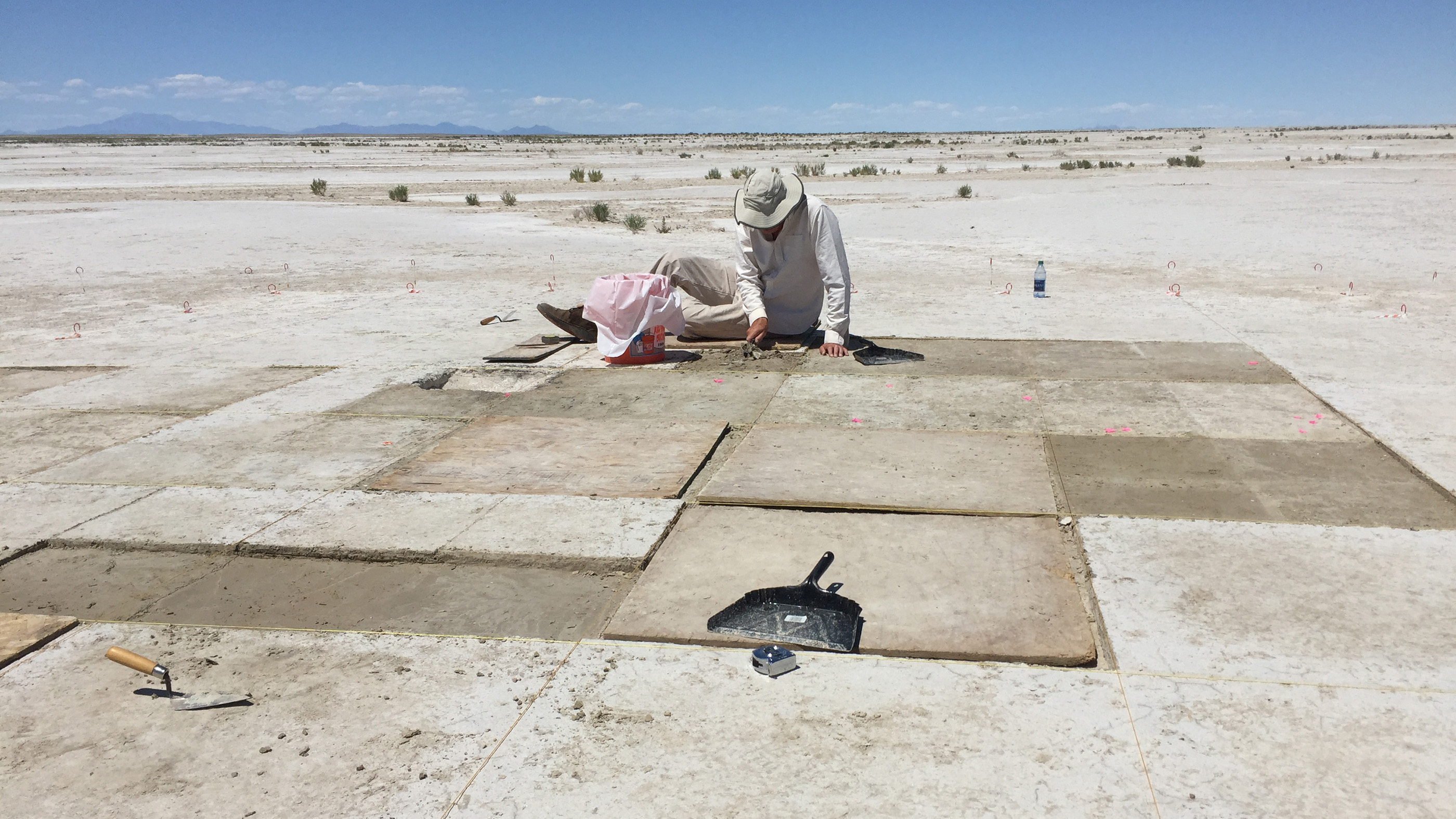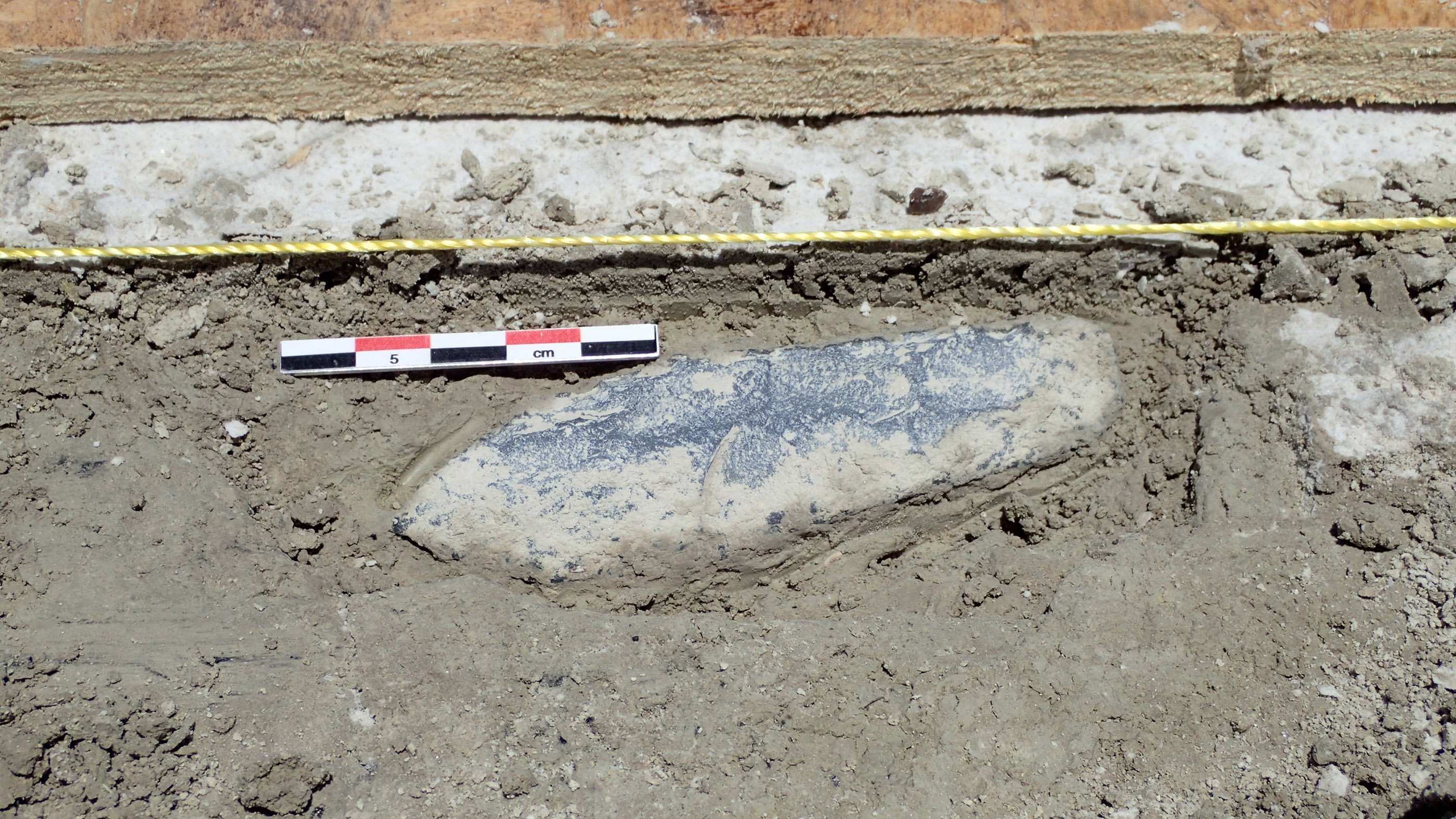Oldest evidence of humans using tobacco discovered in Utah

Charred seeds found in the Utah desert represent the earliest-known human use of tobacco, evidence that some of the first people to arrive in the Americas used the plant, according to new research. The discovery reveals that humans used tobacco nearly 10,000 years earlier than previously thought, the researchers said.
Of all the intoxicant plants that humans use and abuse, tobacco has arguably had the most critical social and economic impact, the scientists of the new study said. It often played sacred, ceremonial or medical roles among the ancient Maya and other Indigenous American groups, and it helped drive the American colonial economy and thus Western expansion across the New World.
In addition to smoking, chewing and snuffing, people have used tobacco in a variety of different ways over the centuries. For example, ancient Maya rituals may have at times used intoxicating enemas of tobacco-laced fluids, and 18th-century English doctors gave drowning victims enemas of tobacco smoke in attempts to save their lives.
Until now, the earliest known evidence of human tobacco use was nicotine found in smoking pipes in Alabama that dated back about 3,300 years, according to research published in 2018 in the Journal of Archaeological Science: Reports. Now, scientists have unearthed signs that people used tobacco about 9,000 years earlier than previously thought.
Related: 10 things we learned about the first Americans in 2018
In the new study, archaeologists excavated the remains of a hunter-gatherer camp on mud flats in the Great Salt Lake Desert in Utah. Wind helped expose the site over time, said study lead author Daron Duke, an archaeologist with the Far Western Anthropological Research Group in Henderson, Nevada.
The scientists identified an intact ancient fireplace surrounded by stone artifacts, such as spear tips commonly used to hunt large game. The hearth also contained more than 2,000 bones and bone fragments, mostly belonging to ducks, which cut marks and other evidence suggested the people there cooked and ate.
Sign up for the Live Science daily newsletter now
Get the world’s most fascinating discoveries delivered straight to your inbox.

The fireplace held pieces of charred willow wood that was probably the best firewood option in the region, as it commonly is now in modern nearby areas. The researchers then analyzed the wood with carbon dating, which involves measuring the amount of a radioactive form of carbon with a known rate of decay; the results suggested this wood was about 12,300 years old.
Within the fireplace, the scientists found the remains of four charred tobacco seeds. "The tobacco seeds were an unanticipated surprise," Duke told Live Science.
Although the researchers cannot say for sure how people at this site used tobacco, they said the seeds hinted at the presence of nicotine-loaded tobacco leaves and flowering stems. Perhaps the people there chewed or smoked tobacco by the fireside, the team said.
The scientists noted that others might argue the tobacco was not used for its nicotine, but perhaps it came from the stomachs of the ducks that had eaten it, or it was used as fuel for burning. The researchers noted that birds do not eat tobacco, and that tobacco lacks woody material and so burns too quickly to generate a fire of enough strength or duration for most cooking.
These findings suggest that people used tobacco for thousands of years before the unknown point in time at which humans first domesticated this plant, Duke said.
"People in the past were the ultimate botanists and identified the intoxicant values of tobacco quickly upon arriving in the Americas," Duke said.
Further research on this and other ancient sites with tobacco-use evidence could help shed light on the driving cultural forces behind the cultivation, use and subsequent domestication of tobacco, the researchers said.
"We have been working to get Indigenous input about the meaning and importance of the find," Duke said. "This will not only help us understand the find for the common scientific reasons, but also help us learn more about its values to the people whose forebears camped at the site and lived throughout the region. This is really important for the broader purpose of doing this science at all, so we can understand implications from a diverse set of interests."
The scientists detailed their findings online Monday (Oct. 11) in the journal Nature Human Behaviour.
Originally published on Live Science.










